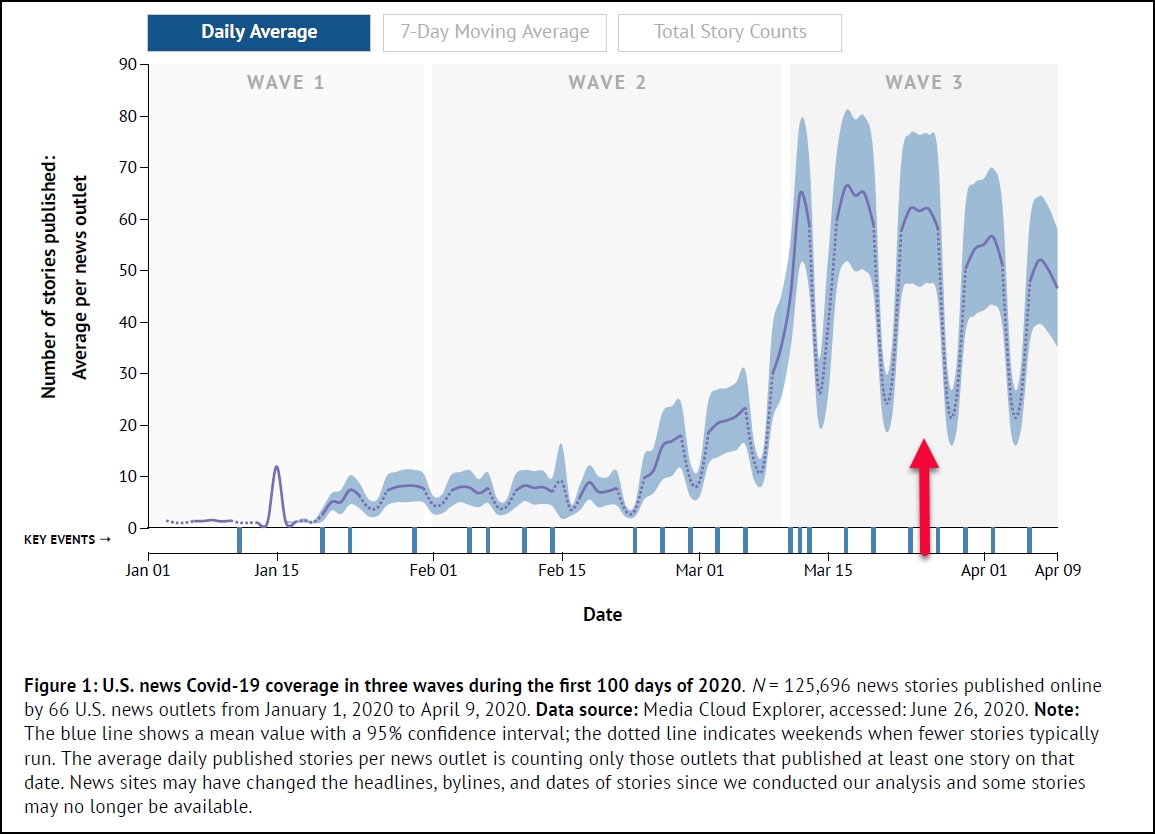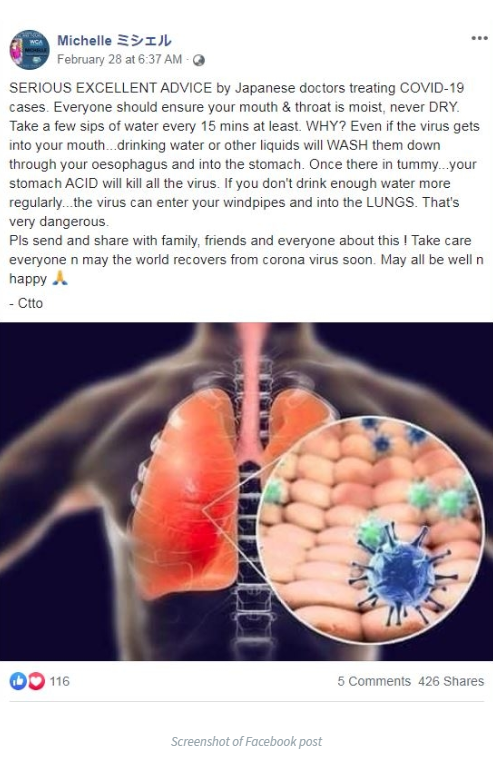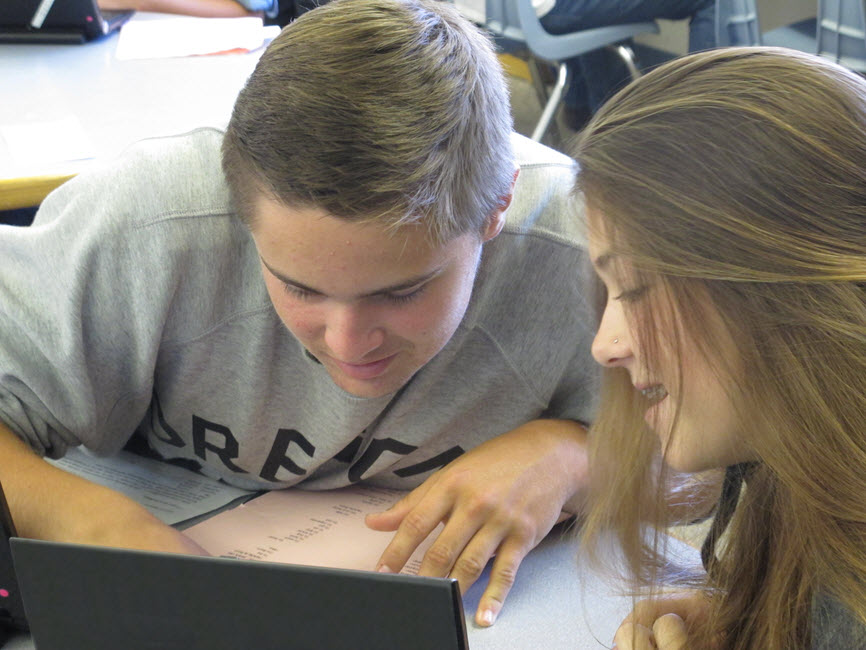Reclaiming Information Agency
News shapes our understanding of the world. Project Information Literacy (PIL) has just released a groundbreaking roadmap to becoming critical consumers of news. Its report examines U.S. mainstream news coverage of the COVID-19 pandemic during the first 100 days of 2020. Researchers conducted a computational analysis of a large sample and range of news stories and photos drawn from the database of an open-source platform for media analyses at the MIT Center for Civic Media. The authors frame the report’s goal in the introduction:
“Ultimately, our series is about reclaiming information agency: The ability to exert some control over the torrent of news about COVID-19 in order to remain critically informed at a time when one’s life may depend on it” (2).
Timeline of the First Hundred Days

According to the PIL report, news coverage of the coronavirus developed in three waves between January 1st and April 9, 2020. By the third period, skyrocketing social media activity was amplifying and recirculating mainstream news coverage and projecting stunning visual messages of “fear, hope, loneliness, determination, and grief.”
Teaching Students to Evaluate Health Claims
This is an analysis of an assignment that occurred in the middle (see red arrow) of the third wave, just after WHO declared COVID-19 a pandemic. Tasha Bergstrom-Michaelson, Instructional & Programming Librarian at Castilleja School (Palo Alto, CA), and Christina Courtney, a 7th-grade biology teacher, had just transitioned to online learning. They calendered four 50-minute synchronous classes and assigned minimal homework. Students would be asked to draw upon what they’d been learning about health and physiology to evaluate home remedies.

TAILORING EXPLICIT INSTRUCTION TO SPECIFIC GOALS
Recognizing that poor information can impact real-life health behavior, the Biology teacher’s short-term goal was that students apply their science knowledge to analyze social media claims, evidence and reasoning about the coronavirus. While reading a fake news story once is unlikely to affect students’ behavior, reading multiple stories that advocate the same position is known to have a significant impact, especially if the content aligns with a student’s prior beliefs.
Tasha wanted her students to become more aware of how to spot false COVID-19 information in social media. She preselected claims like the one on your left, rather than releasing 7th graders “into the wild” of social media.
Step-by-step Instructions for the Assignment
MODELING CLAIMS, EVIDENCE AND REASONING
Students were asked to use their knowledge of the human body to evaluate a coronavirus remedy that was being endorsed in a social media post. Initially they evauated one post (above) together in Zoom using this sequence:
Identify the claim:
- “…a few sips of water every 15 mins at least” would prevent the coronavirus from entering your windpipe and lungs.
Explain the evidence:
- “Even if the virus gets into your mouth…drinking water or other liquids will wash them down through your oesophagus and into the stomach. Once there in tummy…your stomach acid will kill all the virus.”
Evaluate the reasoning that connected the claim to the evidence:
- “If you don’t drink enough water regularly, the virus can enter your windpipe and into the LUNGS. That’s very dangerous.”
Implementing the Assignment
Given that she had just begun to teach online, Tasha decided to incorporate their conceptual goals into a tight instructional sequence that would scaffold students’ learning of a few evaluation strategies. Strategic lesson design is about deciding what to omit in the short term, while scaffolding progress toward long-term learning goals.
From a deck of social media snapshots she had culled, she assigned one slide to each student. (Here’s a link to a template slide deck that you can modify.) All students were to begin by searching the pandemic-specific Coronavirus Alliance Database for an article addressing their social media post’s claim. If they were unable to find sufficient information, she pointed them to WHO Mythbusters and other fact-checking sites like Annenberg Public Policy Center’s FactCheck, Snopes, Poyntner’s PolitiFact, AP News’ Fact Checking. If students needed additional information, she taught them to construct a synonymic search like this:
[fact check coronavirus OR covid-19 OR 2019-nCoV drinking water]
assessment of learning
Based on what they learned, students were to:
- Post a headline summarizing the fact-checking article
- Label the claim True, False, or Misleading (partially true)
- Add a headline to their assigned slide
- Comment within the Schoology discussion board about two other students’ analyses.
Tasha reports that the students’ comments to each other, along with their own analysis of a claim, evidence and reasoning, provided both teachers with ample feedback on what students had learned, as well as what and how they should teach next.
Other Flipped Lessons
Project Look Sharp (Ithica College) has developed “Misinformation about COVID-19,” a single lesson with suggested questions (and possible answers) and three short videos. It includes an edited excerpt from “Coronavirus” from Last Week Tonight with John Oliver (clip begins at 1:00 – 3:35) which aired on HBO on March 1, 2020.

Mike Caulfield, Washington State University (Vancouver), has developed a three-hour Starter Course to teach four SIFT moves for preassessing pandemic claims. (View Caulfield’s in-depth explanations of SIFT for teachers on YouTube.)
Information Agency
Just as Tasha and Christina’s lesson is an instructional model for evaluating claims and evidence in social media, PIL has compiled a rich array of discussion prompts and activities of varying depth. They could be adapted to teach the influence of media on other controversies, such as vaccines, voting, artificial intelligence, climate change, food insecurity, racial inequality and the Supreme Court. Matched to the two complimentary sections of the PIL report, these resources are framed in an inquiry progression (Explore, Interrogate, Refine, Focus, Research) that’s ideal for hybrid instruction:
- Part 1 Information literacy and news-media literacy discussion prompts, research and writing activities and sets of slides for minilessons.
- Part 2 Visual literacy prompts using news media visuals. Like the previous section, it contains ready-to-use lessons activities and slides for synchronous or asynchronous classes.
You may also want to investigate the three tools in Media Cloud, an open-source platform that PIL used to conduct their media analysis.
- In Explorer you can enter one or more terms (e.g., global warming, climate change, climate crisis) to present a visualization to students of news media attention about an issue over a time period. Within the tool, the Language tab displace a word cloud view of vocabulary used in the news sources to talk about the issue. The Entities tab extracts the associated people and places. Tip: For ideas on how to present this to students, watch the webinar on using the tool effectively.
- Search pre-seeded topics or create your own collection of sources about an issue using Build a Topic, then dive deeper by examining “media ecosystems, social media shares, and influence networks.”
- Source Manager lists individual titles that have been chosen to be searched by collection within the Media Cloud database of print, broadcast and digital news sources.
With the aid of powerful analysis tools, and an array of models and instructional resources, we can develop students’ information agency as they evaluate news media claims with science.
